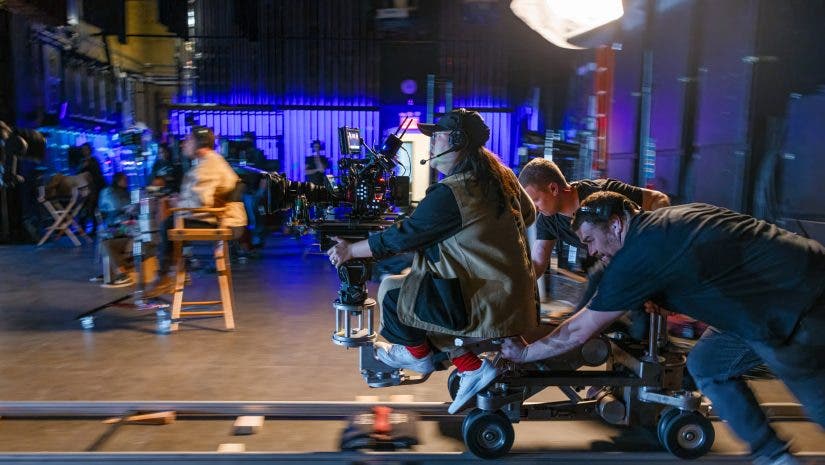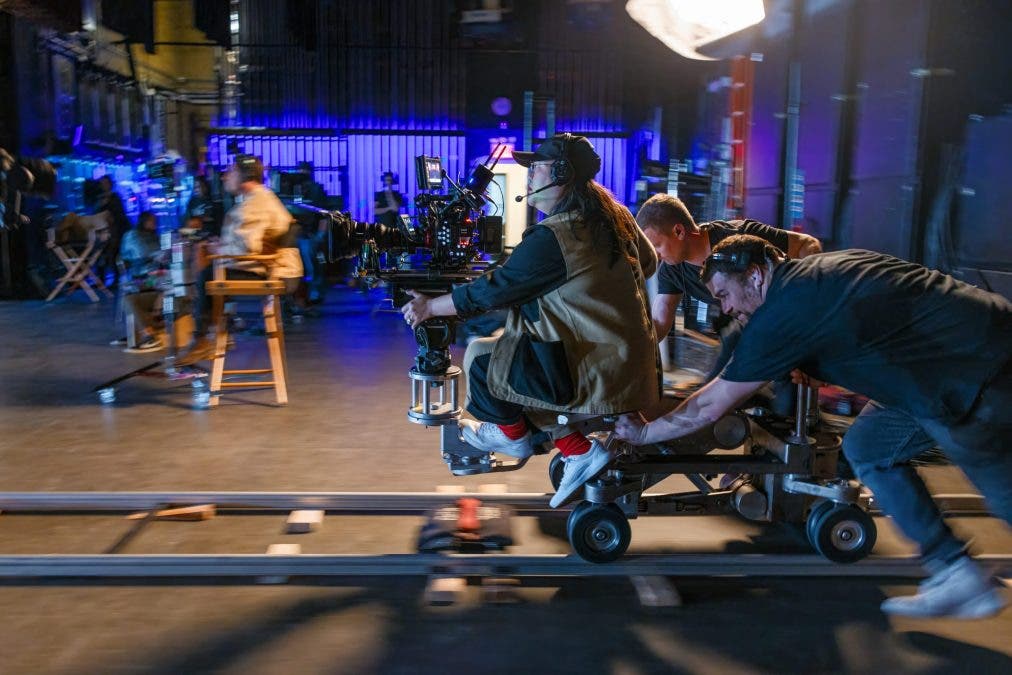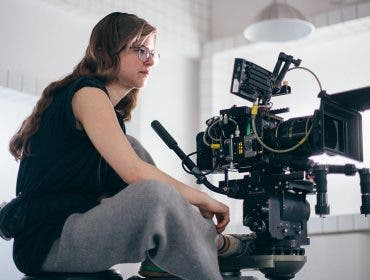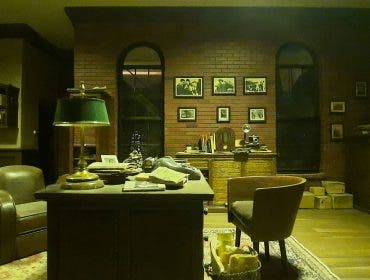Both videography and cinematography involve recording video footage, but that’s where the similarities stop. They require attending different schools or training, lead to different types of jobs, offer different pay, and you can win an Oscar for only one of them (i.e., cinematography). Understanding the distinction helps you choose the right gear, create an effective marketing strategy, reach potential clients, and successfully establish your business. Here is what you need to know about videography vs cinematography and each of them individually.
What Are Videography and Cinematography?
The term cinematography comes from Greek and means “writing with movement” (just like photography means “writing with light”). It refers to all artistic and technical decisions made to capture good video footage that supports storytelling in a film. Cinematography is an essential part of filmmaking as it is mainly responsible for the movie’s “feel,” the emotions it conveys, the thoughts it provokes, and the overall impression it makes on the public.
Cinematography is as old as the movies are. At first, there wasn’t much segregation between roles, and the same person was director, cinematographer, and filmmaker. But starting with Billy Bitzer (1872 – 1944), the art of cinematography took off, covering artificial lighting, camera movements, transitions, and many more we nowadays take for granted.

Videography is much younger than cinematography. The term appeared around the 1980s, when recording moving images on an electronic medium became largely available. Initially, it was mostly viewed from a technical standpoint and referred to simply recording videos without involving any artistic decision, such as video recording sports events, news reportages, family gatherings, and other live events. However, over time, videography has evolved to encompass a broad range of video content and productions.
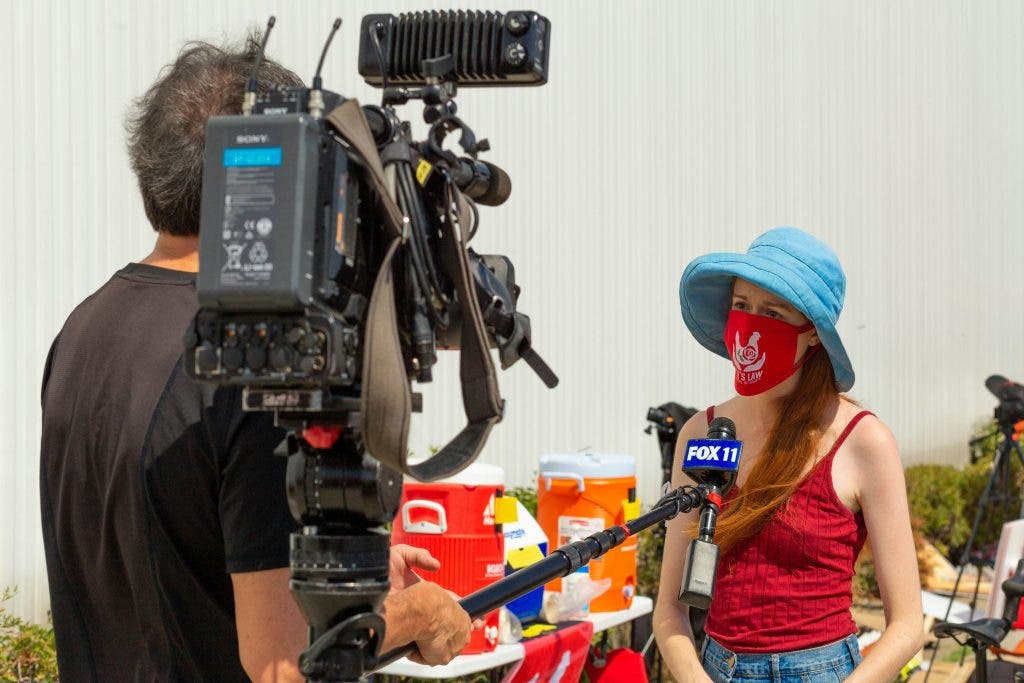
The Role of a Videographer vs a Cinematographer
Cinematographers work mostly in film and artistic productions, whether they are documentaries, short movies, music videos, drama series, or others. Their role is to produce the visual expression of the script whilst guided by the director’s indications. It’s mostly a creative role but has some very technical decisions to make, too, such as lighting design, choice of gear, camera movements, framing, aspect ratio and color palette of the shots, color grading, and so on.
Videographers have more of a technical role and a limited scope. They often film live events without interfering in their development or having a chance to modify the setup. Videographers control camera settings but adapt to the environment, which, in many cases, limits the camera movements and shot variety quite a lot. Often, they don’t get many directions except for a short brief from the client. Their productions are more realistic than artistic and have a commercial-oriented purpose.
However, with the rise of the internet and the explosion of content creation, videography has started to step into cinematography’s territory. There are YouTube and social media videos that embed lots of creativity and artistic decisions, record staged content, and provoke an emotional response. There are video ads that rely on storytelling to convey a commercial message. Therefore, the roles are slowly blending, and one needs stronger arguments to make a distinction between videography and cinematography.
Videography vs Cinematography: Project Size and Production Flow
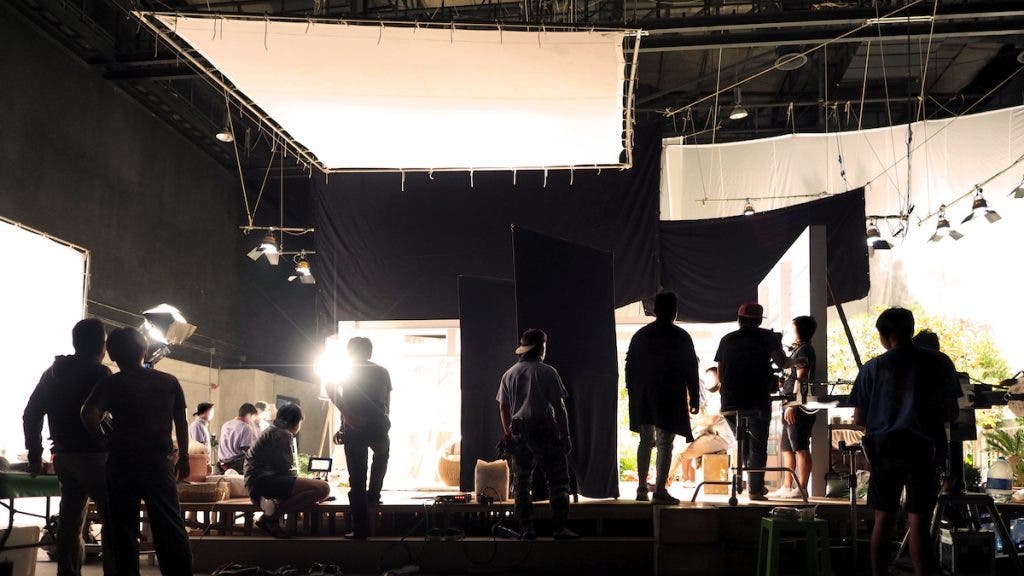
The project size and production flow remain two of the main differences between videography and cinematography.
Videographers take on small projects, usually featuring live events, such as weddings, conferences, concerts, business events, street reportages, TV news, birthday parties, etc. Their job is to accurately capture video footage without any involvement in the development of scenes. Newer projects for videography include filming interviews, broadcasting events, vlogging, documenting adventures (e.g., hikes), and content creation. Videographers don’t have to be present throughout the production. For instance, they may be hired to film the wedding ceremony but not the party. Or they may film the open ceremony of an event but not the event per se.
Cinematographers take on large productions with artistic content, such as movies, drama series, music videos, big-budget commercials, video editorials, and so on. Their projects always involve storytelling, and they have a say in everything, from lighting to camera movements and post-processing. Cinematographers work throughout the production, ensuring a cohesive and consistent look. They are present at pre-production and contribute to choosing locations, making storyboards, and making artistic decisions. They are present throughout the production and contribute to post-production by supervising editing and montage.
Team Roles and Responsibilities in Videography vs Cinematography
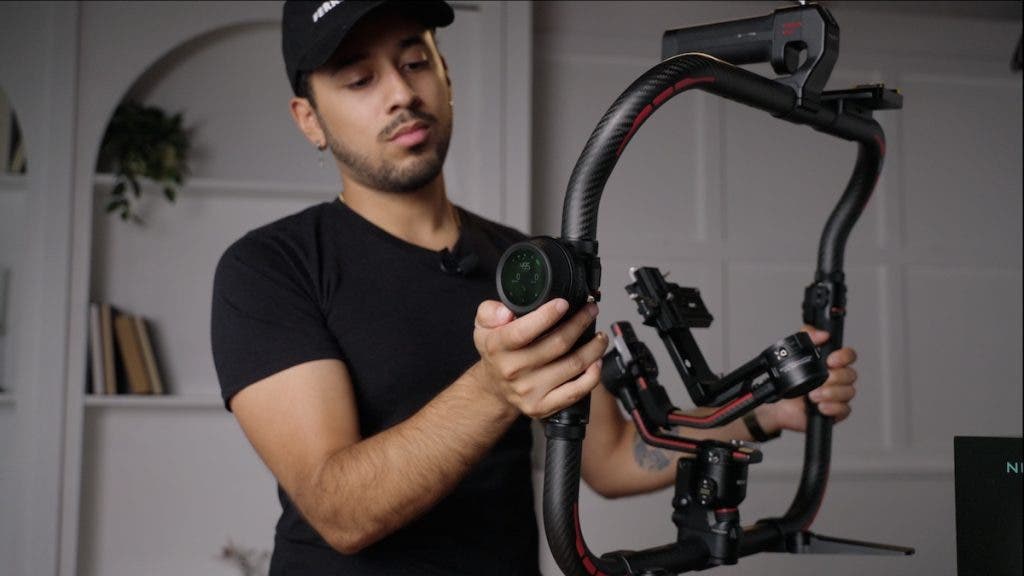
But they don’t work on their own and must follow directions. Cinematographers receive strict instructions from the production’s director and must follow the script, so they have unlimited creativity in a limited scope.
The production’s purpose and aesthetic are not the only difference. The flow differs, too. Cinematographers work with large crews who perform the tasks they indicate. For example, they work with light engineers, cameramen, stage directors, special effect teams, and film editors. Cinematographers are a cog in a complex system, translating the director’s vision into instructions for the technical team.
Videographers, on the other hand, work mostly alone, hence taking on smaller or low-budget projects. They fix the lighting by themselves, record the moving images, and edit the video footage in post-processing. Additionally, they take care of audio recording, media storage, logistics, montage, and even finding clients. Most content creators do the filmmaking and the filming by themselves, being both the person in front of the camera and the technician behind it.
Videography vs Cinematography: Gear
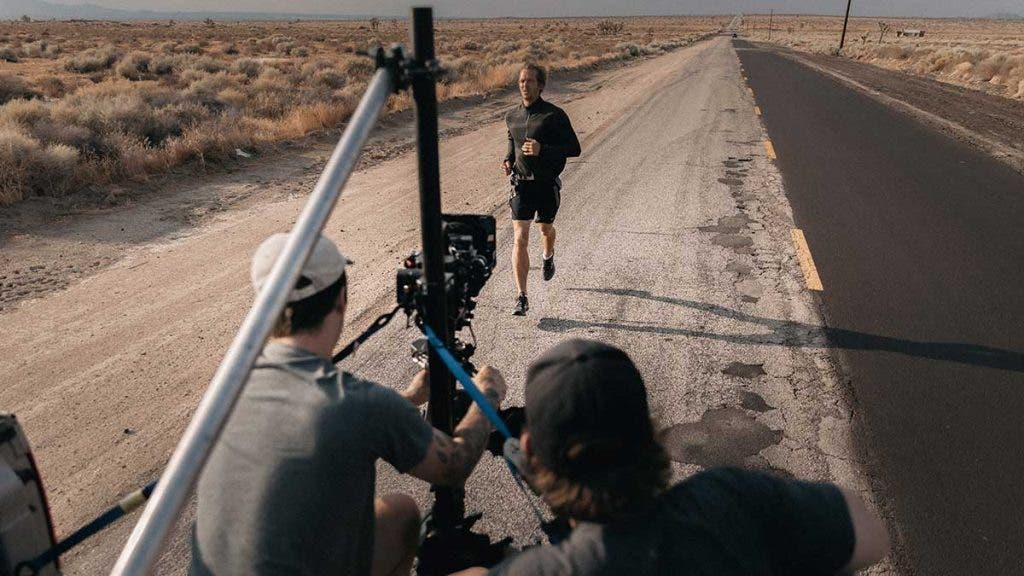
Cinematography is part of large productions with big budgets and dedicated crews. Therefore, it uses high-end professional gear, such as cinema cameras with large sensors, advanced connectivity options, and exquisite camera controls. They are heavy and have a steep learning curve but produce that cinematic effect that mesmerizes the audience. The Blackmagic Design URSA Cine 12K LF cinema camera is a good example in this regard. It features a large format RGBW 36 x 24mm sensor with 16 dynamic stops, shoots 12K at 80 fps, 8K at 144 fps, and 4K at 240 fps for slow motion shots, and is equipped with industry-standard 7-pin Lemo and 3-pin Fischer connectors.

Film Cameras vs Digital Cameras
Even though there are outstanding digital cinema cameras available, many cinematographers prefer to work with film cameras due to their natural, warm, and unique look. Productions such as La La Land (2016), Oppenheimer (2023), Inception (2010), and Interstellar (2014) amongst others were filmed on 35mm film.
Because videographers work alone or in smaller teams, their gear is limited by budget and logistics. Professional cinema cameras are expensive, heavy, and difficult to manage. For a videographer filming on location (e.g., a wedding venue, a concert, etc.), carrying such a camera is virtually impossible. Thus, they prefer smaller, more portable cameras that record high-quality videos, even when handheld, are easy to maneuver, and require a less steep learning curve. As the cinematic effect is important in videography, too, most modern digital cameras aim to provide it.
For example, the Sony FX3 Full-Frame Cinema Line camera is compact, ergonomic, and lightweight. It records 4K videos, has an ISO sensitivity of 80–102400, supports 16-bit RAW output on an HDMI connection, features a fast and accurate autofocus system, and comes with a built-in microphone. It’s an all-in-one solution for a videographer working on their own and managing all production aspects.
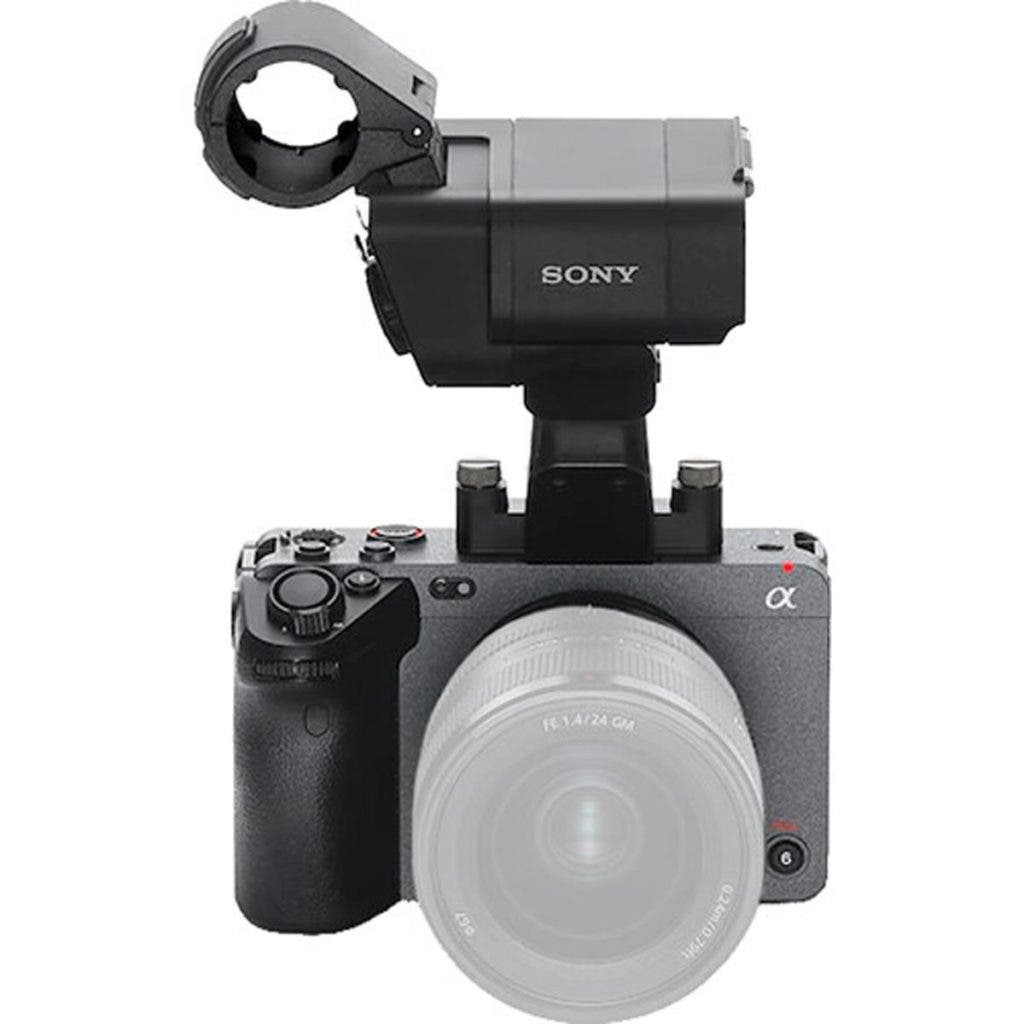
Lenses and Accessories
In terms of lenses, one can choose a zoom lens with a versatile focal length range for shooting outdoors and a set of prime lenses for shooting in a more controlled environment and at a slower pace. For the Sony FX3, for example, the THYPOCH Simera-C T1.5 lens set is a good choice. It includes five prime lenses with focal lengths of 21mm, 28mm, 35mm, 50mm, and 75mm, covering every need and shooting angle and sharing the same focus and iris gear positions for a consistent look.

In addition, the videographer must acquire and manage a full set of accessories. The toolkit includes lighting equipment, tripods and light stands, lens filters, batteries, storage solutions, and many other indispensable items. Audio recording gear may also be necessary as the built-in microphones of most cameras may not be enough. Like the main camera and lens, accessories must be portable, easy to install, versatile, resistant, and affordable.
In the case of cinematography, there is a fixed, spacious set that holds all the equipment and benefits from large teams of technicians to manage it. The equipment is professional, dedicated, expensive, and owned by a company, not an individual. Weight and portability are not an issue, as there are people specifically hired to operate the equipment.
Final Thoughts
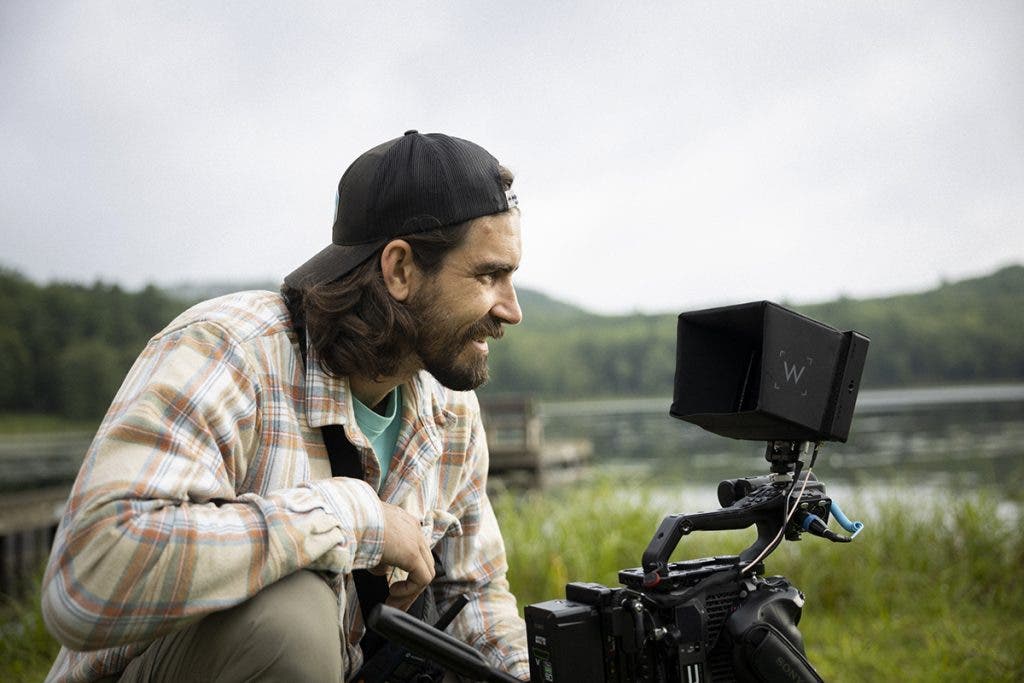
The difference between videography and cinematography consists of the size of the production and the number of people involved, the level of personal involvement in the creative process, the amount of pre-production, and the scope of the work. Cinematographers are part of large teams and oversee the creative direction. Videographers work alone or in small teams and often document live events and situations in which they have little creative space, if at all. However, even small audio-video productions may benefit from the art of cinematography. So, create a storyline, think about composition, lighting and camera movements that will help you tell a better story in any production you make.
